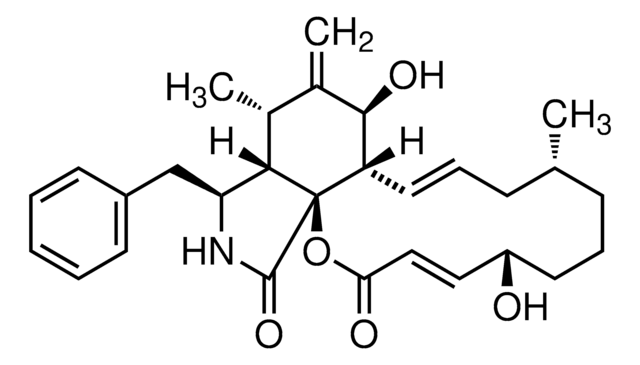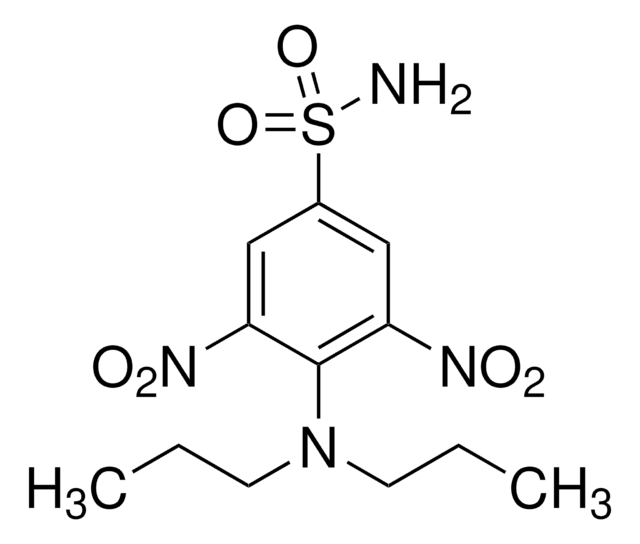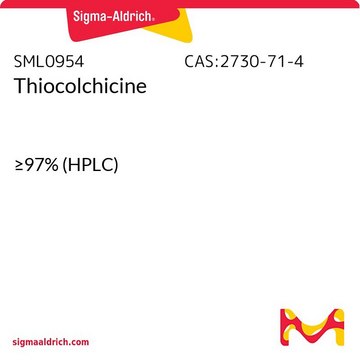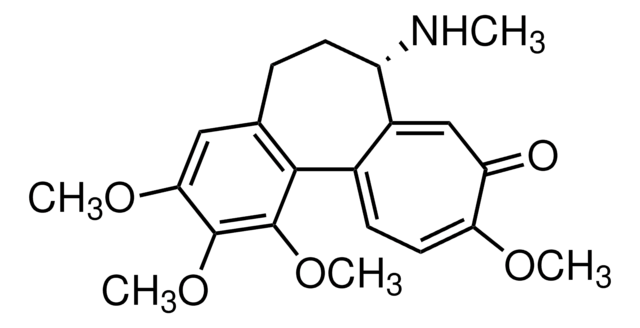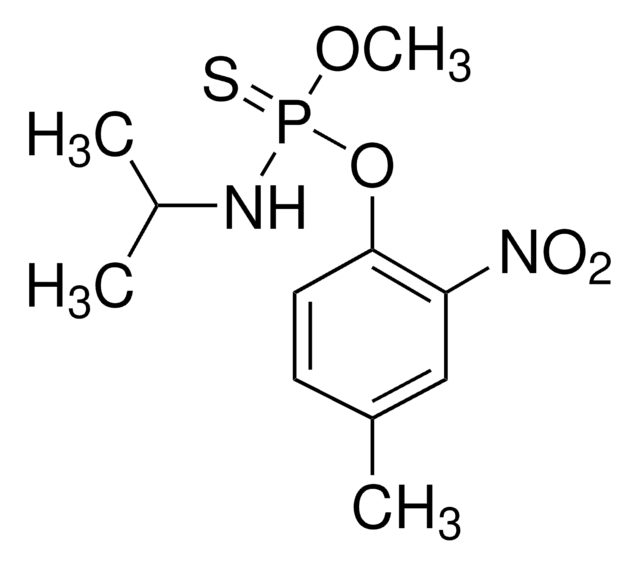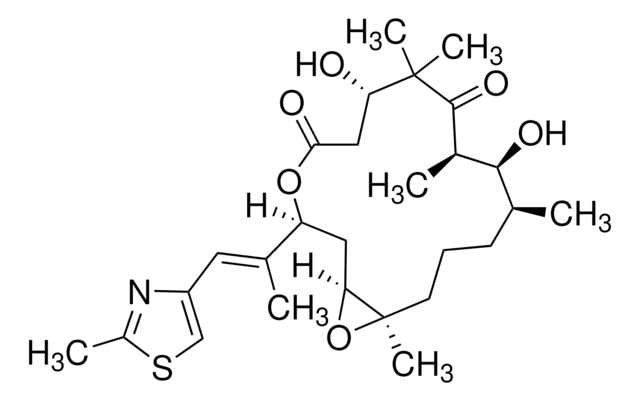C9754
Colchicine
≥95% (HPLC), powder, antimitotic agent
Synonym(s):
(S)-N-(5,6,7,9-Tetrahydro-1,2,3,10-tetramethoxy-9-oxobenzo[a]heptalen-7-yl)acetamide
About This Item
Recommended Products
Product Name
Colchicine, ≥95% (HPLC), powder
Assay
≥95% (HPLC)
form
powder
color
white to yellow
mp
150-160 °C (dec.) (lit.)
solubility
ethanol: 50 mg/mL
SMILES string
COC1=CC=C2C(=CC1=O)[C@H](CCc3cc(OC)c(OC)c(OC)c23)NC(C)=O
InChI
1S/C22H25NO6/c1-12(24)23-16-8-6-13-10-19(27-3)21(28-4)22(29-5)20(13)14-7-9-18(26-2)17(25)11-15(14)16/h7,9-11,16H,6,8H2,1-5H3,(H,23,24)/t16-/m0/s1
InChI key
IAKHMKGGTNLKSZ-INIZCTEOSA-N
Gene Information
human ... ABCB1(5243) , CYP3A4(1576) , TUBA1A(7846) , TUBA1B(10376) , TUBA1C(84790) , TUBA3C(7278) , TUBA3E(112714) , TUBA4A(7277) , TUBB(203068) , TUBB1(81027) , TUBB2A(7280) , TUBB2B(347733) , TUBB3(10381) , TUBB4A(10382) , TUBB4B(10383) , TUBB6(84617) , TUBB8(347688)
mouse ... Abcb1a(18671) , Abcb1b(18669)
Looking for similar products? Visit Product Comparison Guide
General description
Application
- in the in vitro sister-chromatid exchange (SCE) assay
- to study its in vitro antiviral, antibacterial, antifungal and cytotoxic activities
- in microtubule disruption
- to analyse its effects on Ca2+ transients from taxol-treated cells
Biochem/physiol Actions
Features and Benefits
Storage and Stability
Signal Word
Danger
Hazard Statements
Precautionary Statements
Hazard Classifications
Acute Tox. 2 Oral - Muta. 1B
Storage Class Code
6.1A - Combustible acute toxic Cat. 1 and 2 / very toxic hazardous materials
WGK
WGK 3
Flash Point(F)
Not applicable
Flash Point(C)
Not applicable
Personal Protective Equipment
Regulatory Listings
Regulatory Listings are mainly provided for chemical products. Only limited information can be provided here for non-chemical products. No entry means none of the components are listed. It is the user’s obligation to ensure the safe and legal use of the product.
EU REACH Annex XVII (Restriction List)
Choose from one of the most recent versions:
Already Own This Product?
Find documentation for the products that you have recently purchased in the Document Library.
Customers Also Viewed
Related Content
Monitoring the shape of the cell size distribution is a fast and useful method for assessing the proliferative properties of mammalian cells.
Our team of scientists has experience in all areas of research including Life Science, Material Science, Chemical Synthesis, Chromatography, Analytical and many others.
Contact Technical Service




